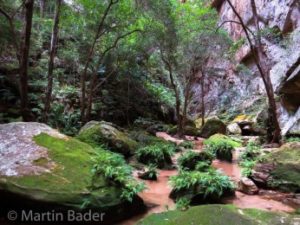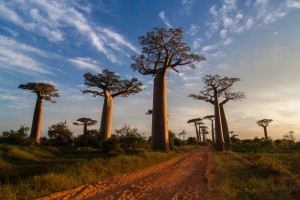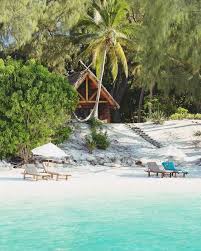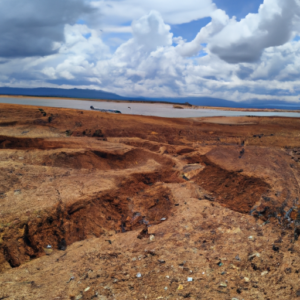The landscape and cultural diversity of this fascinating island
When Madagascar is colloquially referred to as its own continent, it mainly refers to Madagascar’s unique biodiversity and breathtaking landscapes. Of course, the isolated geographical location of the red island also plays a role. Located about 400 kilometers off the East African coast, the island stretches over an area almost 1.5 times the size of Germany and with 5000 kilometers of coastline boasts some of the most beautiful beaches in the world.
Madagascar is home to some of the most unique beaches in the world. Many species of animals and plants have evolved here and are therefore unique on our planet. This is also due to the fact that humans have only settled on the island for about 2000 years, allowing the particularly diverse flora and fauna of Madagascar to develop undisturbed.
A Changing Landscape
Madagascar is best known for its lemurs among all other animal species. They are Lemurs are considered one of the main attractions that draw numerous visitors to the island annually. These primates were once widespread on other continents but were eventually displaced by evolution through higher primates – ultimately by humans – and became extinct. Only in Madagascar did this species manage to survive. However, in recent years, their population on the island has been endangered. The people of Madagascar – immigrants from Indonesia and Africa – brought traditional methods of agriculture and animal husbandry from their homelands when they settled, leading to the clearing of large parts of the rainforest for agricultural purposes. Madagascar’s rainforest is characterized by its particularly fertile soil. Deforestation, logging, and overgrazing are just a few of the keywords that still define the situation of Madagascar’s rainforest today. Unfortunately, the once richer animal population has already shrunk due to these developments: the original megafauna of the island (dwarf hippos, giant tortoises, giant birds, giant lemurs) was already extinct by the ancestors of today’s Malagasy people after a few hundred years, and today even the smaller representatives are under increasing pressure. In order to protect them, larger parts of the island have been designated as nature reserves in recent years. However, due to hunger and economic hardship, the boundaries of these nature reserves are often not respected by the population. Many.
Tourism as an Opportunity
In order to save Madagascar’s biodiversity, the population needs to be shown alternative ways of economic security beyond agriculture. One of these is tourism, which not only creates jobs but also provides an incentive to create more protected areas and respect their boundaries. The island already attracts over 300,000 visitors each year, with a growing trend.
The diverse landscapes of Madagascar captivate visitors, while the different cultures of the indigenous peoples hold an indescribable charm for tourists. Despite all the cultural differences and conflicts, they have found their way to a nation where the language, “Malagasy,” serves as the most important link. The country of Madagascar provides inspiration for many popular travel destinations, where you can experience indigenous exoticism without sacrificing comfort. Madagascar is a must-visit destination for those seeking unique experiences.










